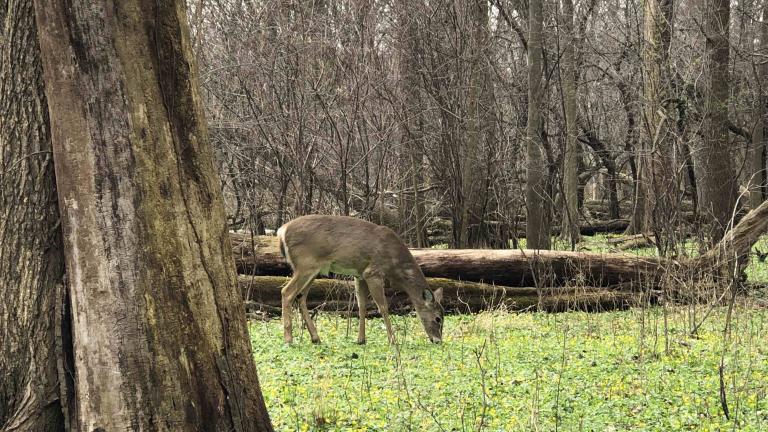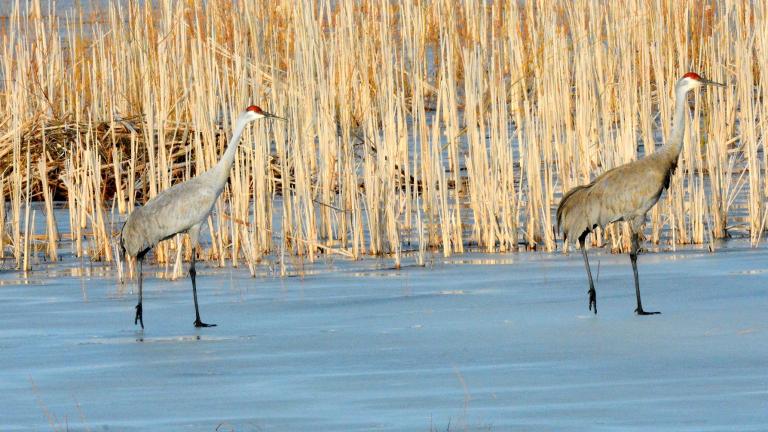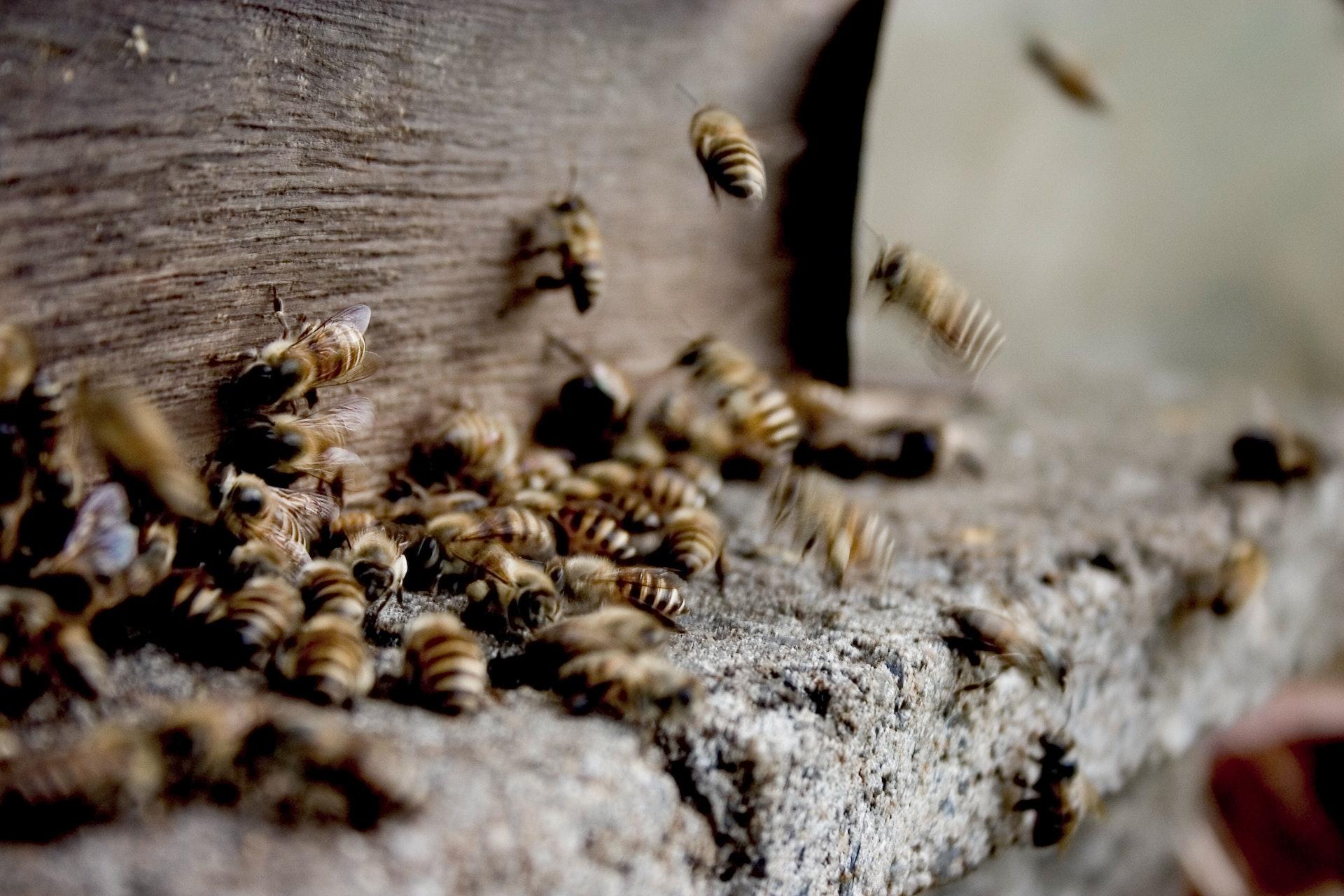 (Pexels / 현덕 김)
(Pexels / 현덕 김)
There’s nothing like a good old-fashioned bee swarm to get a reporter’s attention.
Especially when the swarm is spotted right outside a TV news station.
CBS 2 got the scoop on the thousands of bees that settled in Daley Plaza this week, clinging to the branch of a locust tree within view of the studio.
Beekeepers eventually swooped in to relocate the separatist hive. Well, except for the bee that hitched a ride to the studio in a reporter’s hair.
In terms of on-the-job hazards, our local journalist has got nothing on his counterparts in Nevada, who are bravely covering an infestation of “Mormon crickets,” which are neither crickets (they’re katydids) nor are they affiliated with any particular religion, though the invasion has been described as “biblical.”
Millions of them have overrun the small town of Elko, blanketing every available surface. We have never seen or heard the word “gross” used so much by so many news outlets.
The crickets are so thick on area roadways that officials brought in snowplows and spread sand to keep the pavement from becoming too slick with “bug juice.”
These unwelcome guests are also notable for eating their own dead, which, according to humans on the scene, smell like dog poop or fish.
We think KCEN-TV anchor Micah Wilson, commenting on a clip from the safety of Texas, speaks for all of us: “I don’t care how much you pay me, I would not be doing that story.”
Here’s what else caught our attention this week.
Wildlife: Monarch Butterflies Have a Trick Up Their Wings
The monarch butterfly is one of the most instantly recognizable insects on the planet, thanks in large part to its colorfully patterned wings.
Turns out that pattern might hold a key to an individual’s success during its great migration.
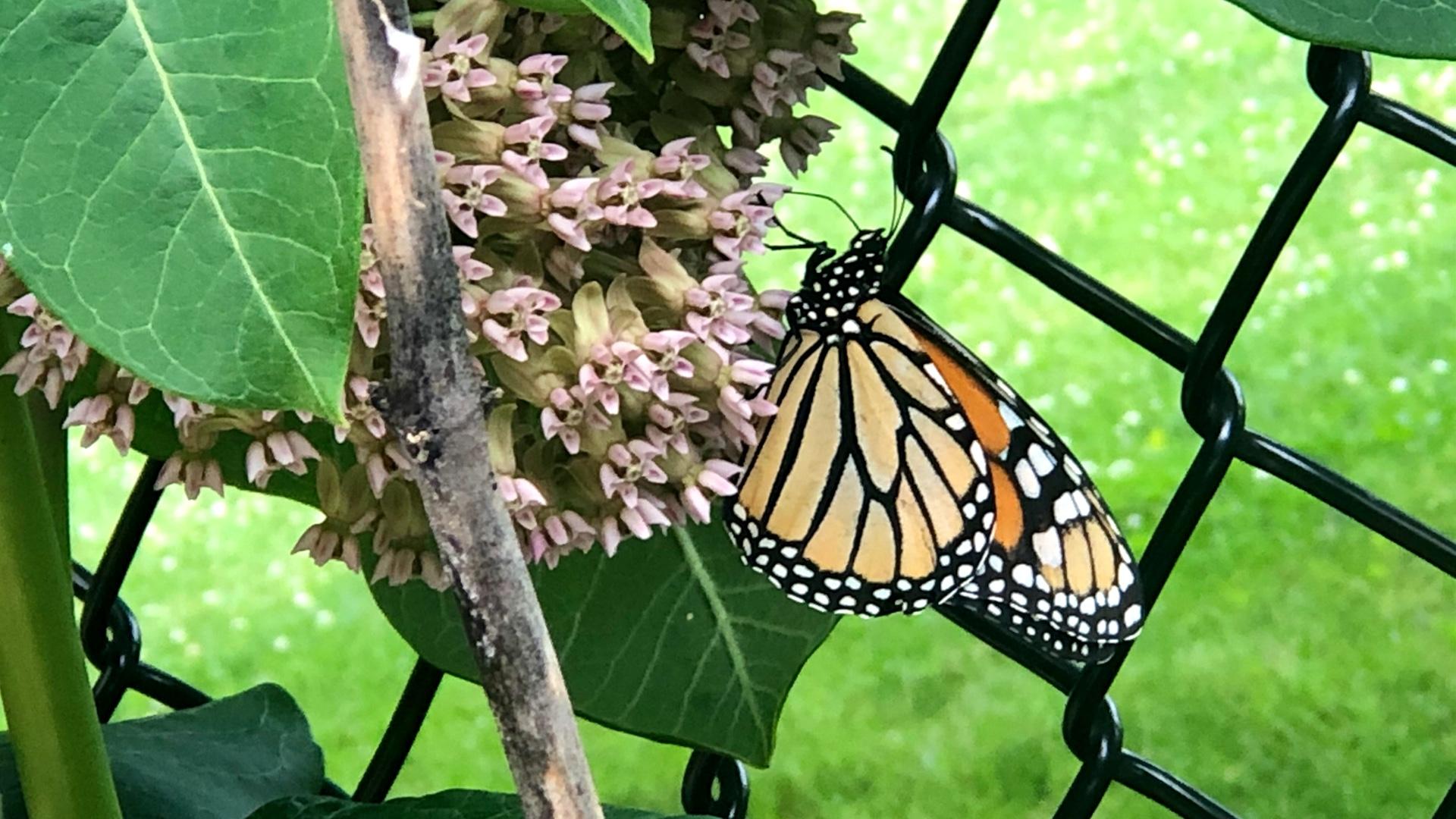 (Patty Wetli / WTTW News)
(Patty Wetli / WTTW News)
New research suggests that the white and black dots on the edges of the butterfly’s wings aren’t just for show. Monarchs that survive the 2,000-mile journey to Mexico tend to have larger white spots, according to a recently published study.
“Clearly, this research begs many new questions about this ‘hidden function’ of the charismatic wing color patterns of monarchs, and perhaps it will serve as a useful starting point for additional research, both in the biological, as well as aerospace engineering fields,” the scientists concluded.
Drought: Not-So-Smooth Sailing
Disruptions to the supply chain seem to have become the new normal.
The latest wrench: Cargo ships passing through the Panama Canal are being forced to lighten their loads due to a historic drought that’s lowered water levels in the primary reservoir used to float the boats. The latest restrictions are approaching the minimum depths required by the largest container ships.
Roughly 3.5% of global trade passes through the canal, which opened in 1914. Among the most common goods shipped via the route: motor vehicles, petroleum products and grain.
If conditions worsen — and the arrival of El Niño is expected to do just that — consumers should brace for another round of shipping delays and price increases.
For Panamanians, the situation is even more dire, as the same shrinking reservoir supplies water to Panama City.
Invasive Species: Third Time’s the Charm?
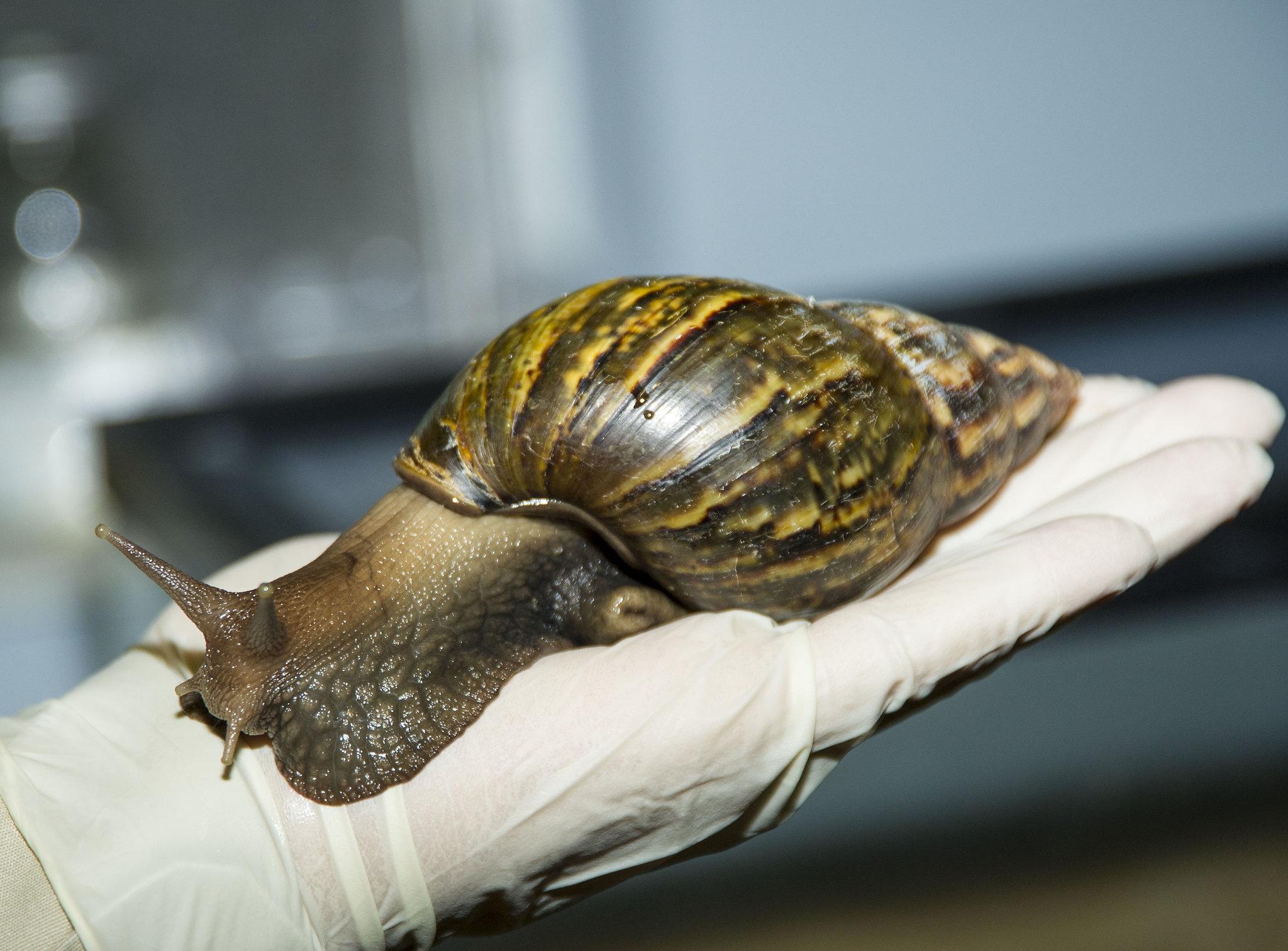 Giant African land snail. (USDA Animal and Plant Health Inspection Service)
Giant African land snail. (USDA Animal and Plant Health Inspection Service)
In the battle of giant African land snails versus Florida, the state keeps declaring premature victory and the snails keep rallying.
The latest resurgence of the invasive snail comes just two years after the state claimed it had eradicated the pest. Again. The snail was previously declared a goner in 1975, but people keep smuggling them into the U.S.
Officials have set up a quarantine area southwest of Ft. Lauderdale in a bid to contain the latest outbreak of the fist-sized snails, described as “voracious plant eaters” capable of destroying crops.
They snails have a taste for stucco, chowing on buildings as a calcium supplement to build up their shells.
Research: Cotton, the Fabric of Its Life
A team of computer scientists at DePaul University has sequenced the genome of one of the handful of cotton species involved in textile production (Gossypium herbaceum cultivar Wagad).
The research was conducted in partnership with the Department of Agriculture’s Crop Germplasm Research Unit, which aims to understand the weaknesses of crops around the world in order to maintain food security in the U.S.
As the world’s primary source of natural fiber, cotton is important to the global economy. Scientists could use this new genetic map to create more resilient strains.
Maybe next they can tackle cottonwood fluff.
Tweet of the Week
The search for the missing submersible Titan gripped the world as an international rescue effort was mounted in a race against the clock to find the stranded crew.
If we gained anything from the wall-to-wall news coverage and the story’s ultimately tragic conclusion, it’s that we all collectively have a lot to learn about the ocean.
All five people onboard on #Submersible are all very sadly died, #OceanGate confirms.#Titanic #titanicsubmarine #TitanicRescue #implosion #Titan pic.twitter.com/GBcNc57bfh
— Dev (@riteshdevseth) June 23, 2023
Contact Patty Wetli: @pattywetli | (773) 509-5623 | [email protected]

